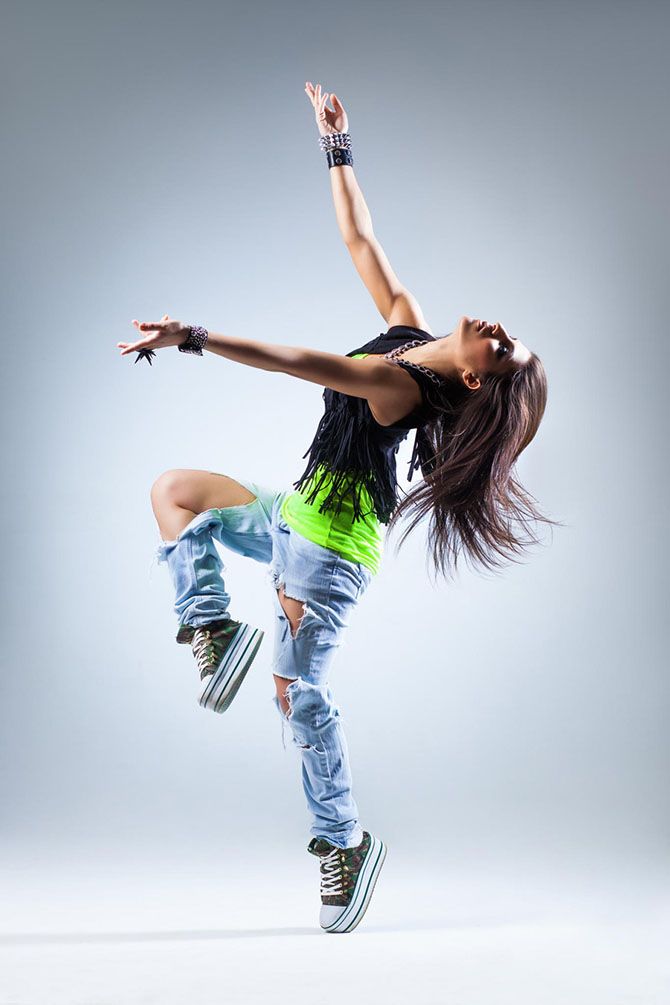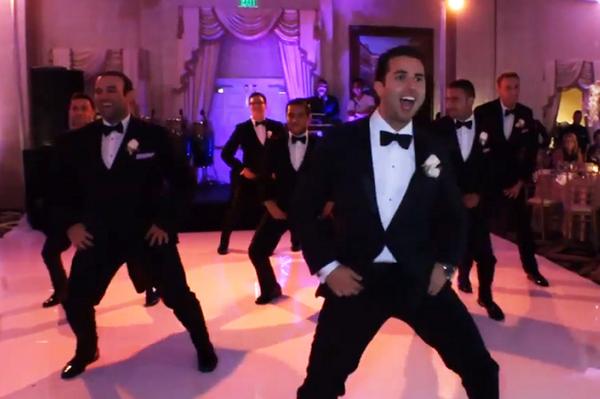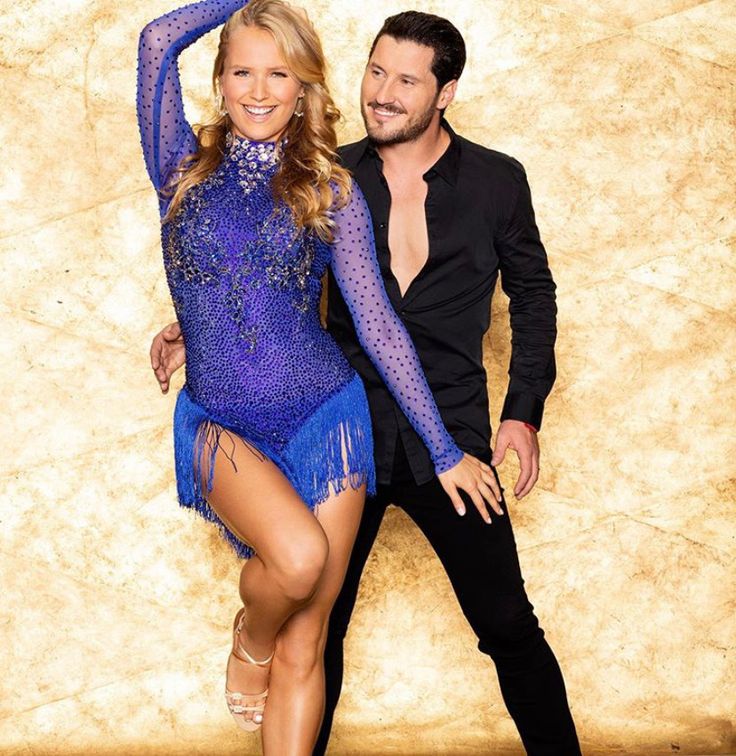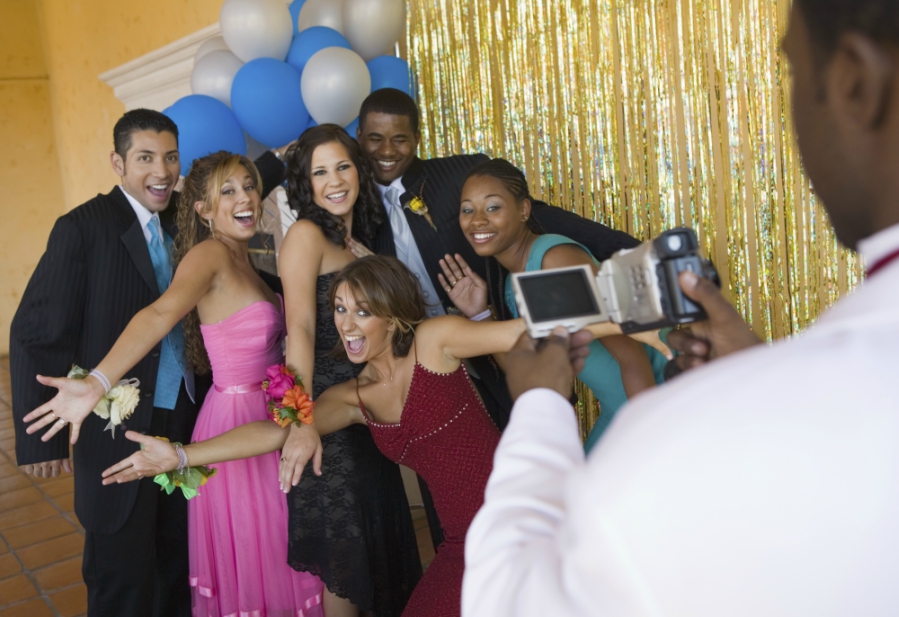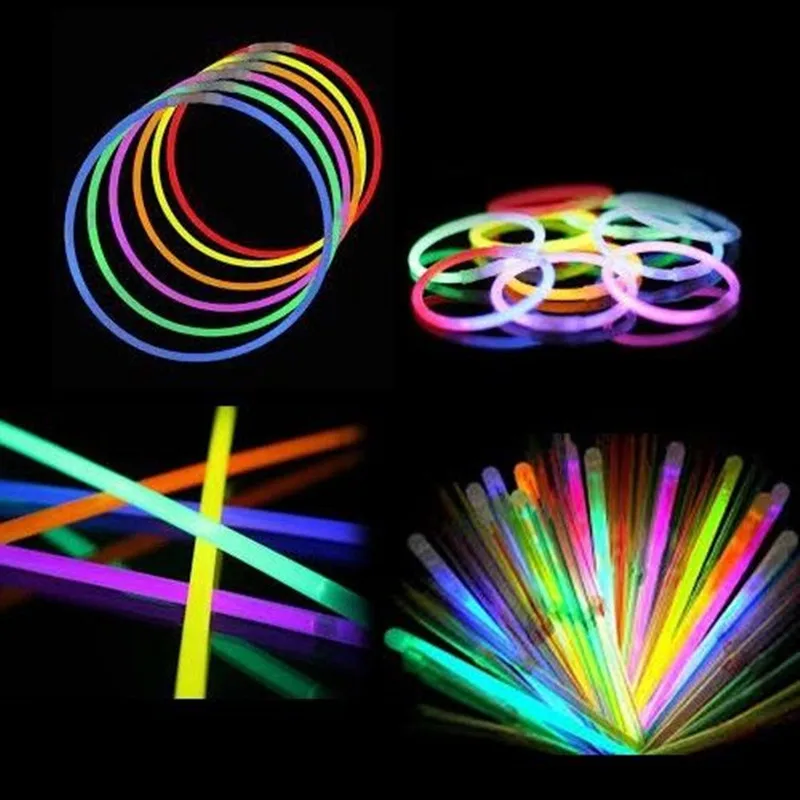How to get good at hip hop dancing
Quick And Dirty Hip-Hop Tips
Nothing good ever comes easy, so if you really want to master hip-hop you’ll need some determination and dedication. Luckily, you’re only ever a few block away from your next class. Once you set your heart to it, hip-hop is easy to master if you keep in mind these quick and dirty hip-hop tips.
#1 – It’s okay to be chillWhen you’re dancing hip-hop, you need to relax your body to let the music guide you. It’s okay to be chill, and in fact it’s better. You definitely do not want to look stiff. Even though some hip-hop moves like locking may feel a bit rigid, you need to relax to achieve those smooth moves. There’s no way you’ll be able to enjoy the rhythm if you’re moving like you’re got a stick up your backside.
#2 – Loosen up your feet and armsThis isn’t ballroom dancing, you don’t need to create a frame around your body with your arms. And in fact, you want your legs and arms to be loose so that they’re relaxed (see above) and ready to go where your moves take them. Stand with your feet shoulder width apart and keep your knees slightly bent so you’re ready to try any dance move that comes your way. Arms by your sides—not crosses, not fidgeting. Just let them hang so you stay relaxed when you start to move to the music.
If you want to be able to master all those smooth moves, you’ve got to wear comfortable clothes. You may choose to wear something more form-fitting when you take your moves on the road—but when you’re learning go for something comfortable.
Even though you’ve just bought some new super cute sneakers and there are about million leggings in your closet that you want to try with that cool crop top you picked up, be sure to wear something that feels good on your skin and that lets you move around with ease. That means sneakers that allow you to slide easily and clothes that let you move. Nothing can spoil a dance class more than tank top slipping off (wardrobe malfunction, here you come), or a stiff shoe putting pressure on your joints.
Everything feels challenging at the beginning, but there’s no need to be discouraged when you catch a glimpse of yourself in the mirror during your first class. Don’t worry about nailing the perfect swagger, focus on learning the moves. It’s true that hip hop is a super accessible dance style—almost anyone with a sense of rhythm can pick it up—but that doesn’t mean you can just wing it without learning the basics.
Once you have learned the core moves though, the world is pretty much your dance floor. You can mix and match your moves and create a customized flow that feels all your own. In the beginning, concentrate on remembering the dance patterns. When you do, you’ll have an easier time down the line picking up the speed and improving your overall performance.
#5 – Know your bodyOnce you know the moves, get to know your body. Hip-hop is special in that to really master it, you need to bring your own personality to each and every movement.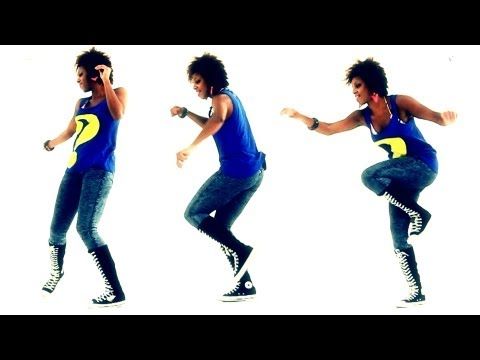 And the dance itself is made up of a lot of isolated moves that require focus and precision. To be able to master new moves you need to think about every part of your body as a separate entity. So start with getting to know your body first—try some light yoga or Pilates at home on the side. Continuous movement and exercise will help you learn more about yourself and how your body moves.
And the dance itself is made up of a lot of isolated moves that require focus and precision. To be able to master new moves you need to think about every part of your body as a separate entity. So start with getting to know your body first—try some light yoga or Pilates at home on the side. Continuous movement and exercise will help you learn more about yourself and how your body moves.
Everything in hop-hop comes back to the music. Whether it’s old school hip-hop like Dr. Dre or more modern hits from Drake and Kanye, the music is what shaped this culture and made it so fun. You need to feel the music to be able to follow the rhythm. Almost every song has a symmetrical pattern, so if you pay attention to the beat and bass, you’ll notice that it all feels so right. The beat is your unspoken dance pattern in everything you do, so relax and let it move through you.
#7 – Start from the bottomWe all start from the bottom, not only Drake. When you’re beginning with hip-hop, don’t get discouraged. Start with the beginner moves like the Dougie, stanky leg, and popping. Even shuffling your feet counts—try the classic T-step or the running man. Anyone can master these moves with just a little bit a rhythm and dedication. Once you’ve nailed the basics, you can whip them out on any dance floor, anywhere. And you can also start layering on the more complicated moves, like moonwalking and the pop, lock, and drop.
When you’re beginning with hip-hop, don’t get discouraged. Start with the beginner moves like the Dougie, stanky leg, and popping. Even shuffling your feet counts—try the classic T-step or the running man. Anyone can master these moves with just a little bit a rhythm and dedication. Once you’ve nailed the basics, you can whip them out on any dance floor, anywhere. And you can also start layering on the more complicated moves, like moonwalking and the pop, lock, and drop.
If you’re not having fun, then what are you doing? Hip-hop is all about freedom to express yourself, about the power to be who you are and work with others to create something truly incredible. So have fun while you’re practicing and working out! Let your true self shine through. Stay relaxed, stay calm, and stay focused.
If you still want more, there are a whole bunch of useful online videos that explain the major hip-hop moves in detail, so you can practice at home before hitting a studio.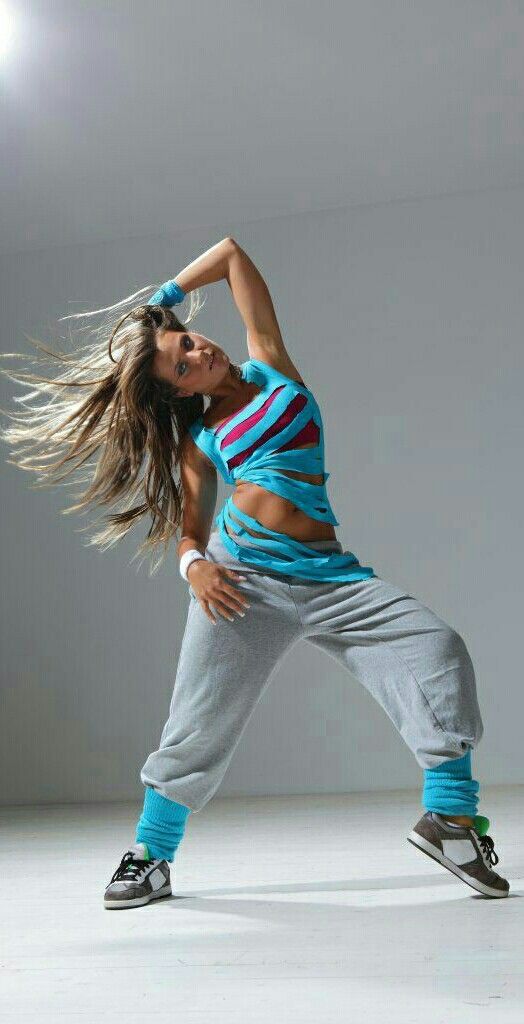 There are plenty of beginning hip-hop classes in the city, though, so don’t stay home for too long! Don’t forget that hip-hop is about you—your body, your movement, your experience. So don’t be afraid to ask your instructor to show you the move again, and be sure to work at your own pace.
There are plenty of beginning hip-hop classes in the city, though, so don’t stay home for too long! Don’t forget that hip-hop is about you—your body, your movement, your experience. So don’t be afraid to ask your instructor to show you the move again, and be sure to work at your own pace.
About Hijinks
Hijinks makes it easy to discover and book life experiences to enjoy with friends, family, and co-workers. Whether it’s an escape room visit, cooking class, or team building activity, we provide comprehensive listings, customer ratings and reviews, and easy browse and search functionality to help you book with confidence. For more information check us out here!
How To Dance Hip Hop For Beginners
So, you want to learn how to dance Hip Hop! You’ve come to the right place.
*Note: The term "Hip Hop" is more accurately described in this article: What Is Hip Hop Dance?
For the sake of continuity, we will refer to it as Hip Hop Dance in this article.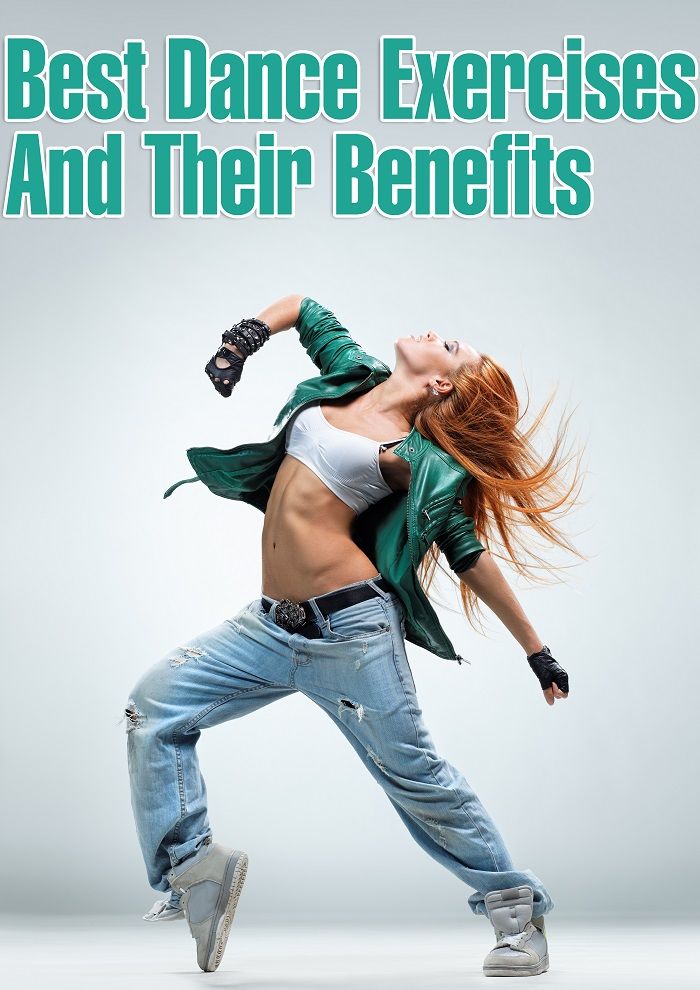
You will learn everything you need to learn how to dance Hip Hop, from understanding music to where to find a Hip Hop dance class in your community. Ready to learn how to dance Hip Hop? Let’s get moving.
Part 1: Musicality
What is dance musicality? Why is it important in learning Hip Hop dance? Dance musicality is how dancers hear, interpret, and dance to music. It sets the tone for our movements and gives sounds to follow.
But, in order to start leaning about music and how we dance to it, the first step is learning how to count music itself.
What is an 8-count?
We use an 8-count to break down the structure of music. It's sort of like a map to know when you do a certain move. For example, if a choreographer says that a move should be executed on "the 5," you're going to count the beats of the music like this: "One, two, three, four, MOVE."
Try this:
Listen to a song, any song, and try counting in your head – "One, two, three, four, five, six, seven, eight. " Match your counts to the beat of the song – this is what you'd naturally bob your head or clap your hands to.
" Match your counts to the beat of the song – this is what you'd naturally bob your head or clap your hands to.
Follow along with this video for some practice, and a further breakdown of all the moments that you can hit within an 8-count.
Different musical elements of a song
*We're not going into every single sound found in the history of music! Just the basics, so as not to overwhelm or overcomplicate.
Lyrics
The words that the singer is singing! The lyrics are probably the easiest to distinguish, but hardest to count/dance to, since vocals don't always match the strict structure of 8-counts. Sometimes, choreographers will make moves that correlate with the lyrics by miming actions that match what they singer is talking about.
The bass is the lowest of the standard four voice ranges (bass, tenor, alto, soprano), or, the lowest sound in a musical composition – its there to support the melody. Different instruments can produce a bass sound (most often drums or bass guitars). Dancers often use the onomatopoeia "boom" to describe a bass sound, and we tend to associate bass sounds with strong, grounded movements like a foot stomp or a Woah.
SnareIt's the sharp, staccato drum sound you hear in most Hip Hop songs, kinda like the sound you make when you snap a rubber band. Dancers often describe a snare as a "ka!" when they talk about their routine. Dancers usually do quick, sharp movements to match this sound. Think of how a dancer might suddenly shoot their arm to the side and snap their fingers, or quickly turn their head to look at the audience.
Hi-HatA hi-hat is produced by a hi- hat cymbal.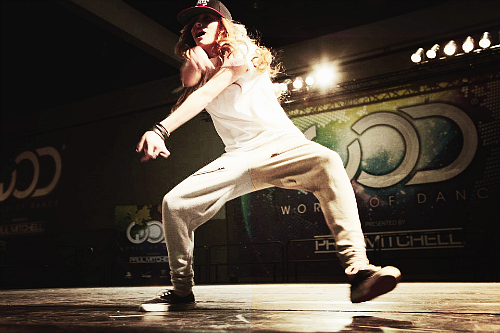 Dancers often describe this sound as "tss tss" sound. Hi-Hats are usually paired with sharp movements, but they might melt into something groovier if the sound of the cymbal creates a reverb-y echo. Think of how a dancer might pop their chest right when the hi-hat is struck, and then might add a couple smaller pops right after the first one to mimic the way a hi-hat echoes.
Dancers often describe this sound as "tss tss" sound. Hi-Hats are usually paired with sharp movements, but they might melt into something groovier if the sound of the cymbal creates a reverb-y echo. Think of how a dancer might pop their chest right when the hi-hat is struck, and then might add a couple smaller pops right after the first one to mimic the way a hi-hat echoes.
A sound synthesizer produces electric signals converted to sound through amps and loudspeakers. A common type of synth is the synth piano, which may sound like a long, slow bass – a"wobba wobba" sound. This sound goes great with a gooeyyy movement – you want to mimic the way the sound is rippling by using resistance and waves in your movement. A dancer might do this by rolling their chest slowly to a synth.
StringsGuitar strums and melodies are also useful to take note of, for more instrumental / acoustic songs. You can do whatever feels right in the moment to these types of songs!
Keyboard/PianoThe piano sounds will also accent, or set the melody/harmony of the song. You can dance to these sounds separately or as chords. If you hear a high-pitched piano note over and over, you might hit that note with an upper-body-focused little move. If you hear a rich set of chords, you might do some flowy, full-body moves to communicate how rich those sounds are.
You can dance to these sounds separately or as chords. If you hear a high-pitched piano note over and over, you might hit that note with an upper-body-focused little move. If you hear a rich set of chords, you might do some flowy, full-body moves to communicate how rich those sounds are.
Try this:
You'll start to see patterns when you listen to music more carefully. Maybe there's a bass drum on each 1st and 5th count, or a snare on every even count. As you're clapping or bouncing or whatever you're doing to mark the beats in the music, take notice of the sound patterns that exist within it. It'll cue you in to the musicality you should use when you dance.
What does Hip Hop dance musicality look like?
Dance musicality is demonstrated in several ways, depending on the dancer's style, the song, and how they choose to interpret the music.
Check out these 2 pieces to the same song, that are completely different in both style of dance and musicality choice.
How Many Drinks – Pat Cruz & Aggie Loyola
How Many Drinks – Carlo Darang
Everyone listens to music differently, as you can probably tell from these two pieces. Choreographers utilize different pictures and textures to portray how they hear the song.
Not sure what textures are? Read this: What Are Textures In Dancing?
Great choreographers have unique ways of moving to music that bring out sounds you might not have heard when you’re just listening to the song. Now you know what it means when someone says. “UGHHH, their musicality is so sick!” By being more familiar with the different sounds that make up a song and their relationship to the flow of it, you'll have a better understanding of how to execute moves to embody those sounds more closely.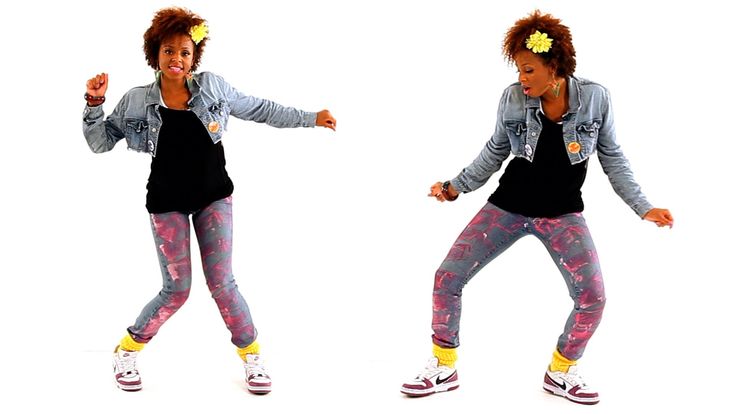
This dance tip is from Scott Forsyth's class on STEEZY Studio!
Part 2: Body Awareness
Have you ever taken a yoga class? Then you'll know that a big objective of yoga is simply to be present – in the mind, and the body. By doing so, you're bringing together your mental and physical selves. Similarly, as a dancer, your mind and body must be working together – your mind is the part that understands the music and the intent behind the movement, and your body is the actual tool for moving. Here are ways to train your body to learn to dance Hip Hop.
Try this:Lay on the floor, and close your eyes. (Turn on some light music here, if you want.)
Then, go through this list of body parts, and focus your thoughts and feelings on each one.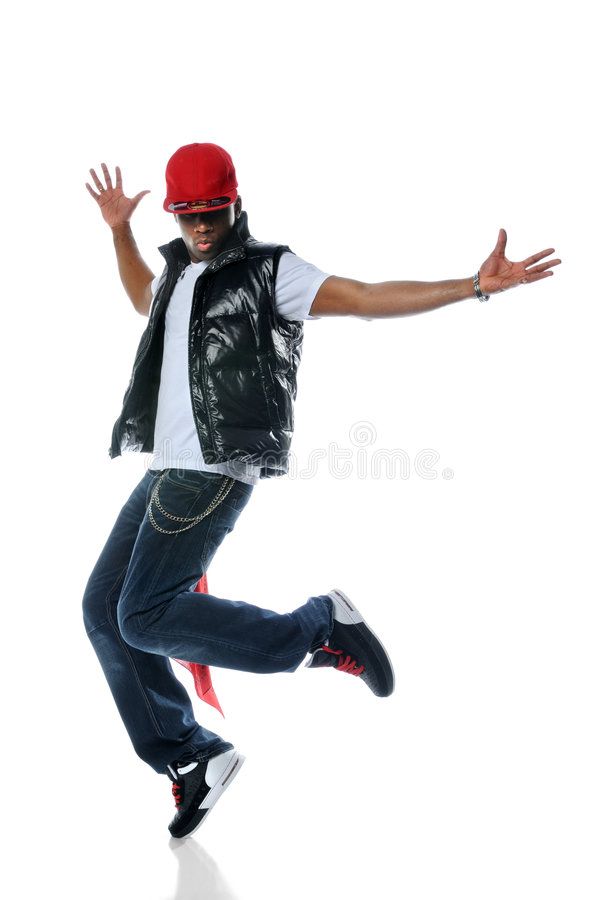 Flex or move the part to draw more attention to it. Once you feel fully comfortable with where it is and what it feels like, move on to the next one.
Flex or move the part to draw more attention to it. Once you feel fully comfortable with where it is and what it feels like, move on to the next one.
Arms
Shoulder
Forearm
Wrist
Fingers
Fingertips
Legs
Thigh
Knees
Calves
Ankles
Feet
Toes
Hips (Try rotating them in and out)
Chest
Upper chest
Core (tummy area)
Lower abdomen
Neck (Try turning your neck, and also rolling it clock- and counter-clockwise)
It sounds almost too easy to be effective – but the key here is not the difficulty of the movement (which is obviously very minimal). The key is how familiar you're becoming with these body parts, which requires a surprisingly great deal of focus. Muscle memory starts with muscle awareness! By dedicating your time and energy in getting to know your body, you're training your most important tool as a dancer!
Body Placements In DanceCool, so we're getting to know what each part of the body feels like in a resting position. Let's create some pictures to explore how our bodies look and feel in certain placements. We'll be using 3 main ideas for these exercises:
Let's create some pictures to explore how our bodies look and feel in certain placements. We'll be using 3 main ideas for these exercises:
- Focus
- Posture
- Angles
What "focus" refers to in dance is the direction your face is facing. Timed right with a committed facial, your focus has the power to make or break a piece.
Whatever pose you're holding or pathway you're moving through, your focus is most commonly straight to the mirror (not the greatest habit, but it's good to watch yourself at first, when developing body awareness), to the right, to the left, up, down – and to varying degrees.
For example, "right 45" can refer to turning your face toward the right, but only halfway from directly ahead and your right side. "Down left 45" signals looking slightly toward the left, with your chin pointed down, so that your eyes are aimed at the bottom corner of the wall. Focus changes will flow naturally as you learn choreography, but sometimes the choreographer will specify certain pictures and combos to have a certain focus.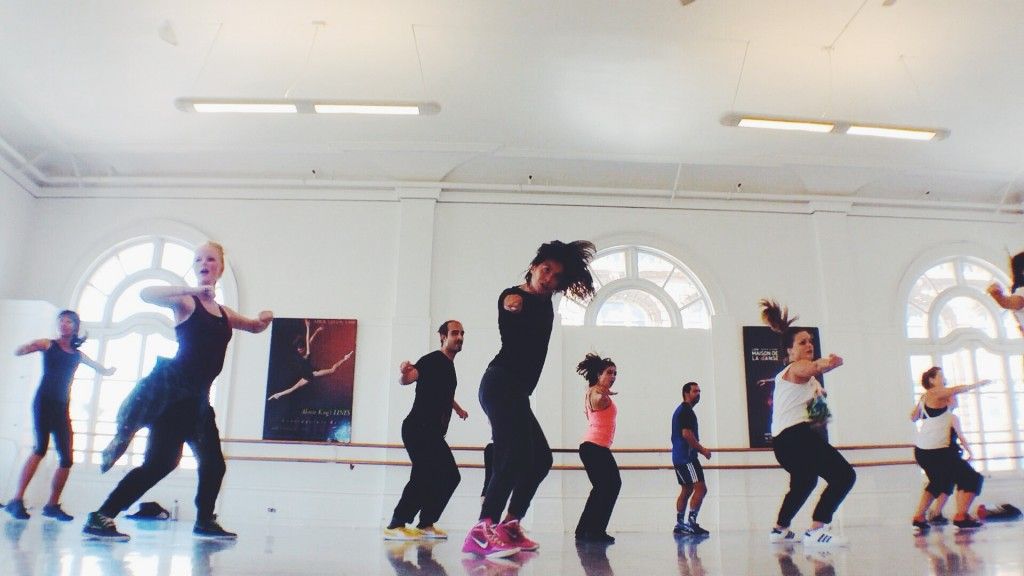
This dance tip is from Jeffrey Caluag's class on STEEZY Studio!
Try this:Stretch your neck to the rhythm of a song, by looking to the
- right, left, right left, ↔ then switch to
- up, down, up, down
- then hit the diagonals! ⤢⤡
- then roll your neck around so your eyes are making a big circle ⤿ and switch directions ⤾
Posture has a lot to do with the style or mood of the piece.
For example, Whacking will call for your chest to be more open, and your focuses will be sharp and purposeful. In a more swaggy, laidback-feeling piece, your posture might be directed more toward the ground, with a relaxed torso and shoulders. Think of posture as huge part of your body language that communicates tone and mood.
Melvin Timtim explains how he channels Lil Wayne through his posture in this STEEZY Studio class.
Watch it in action here:
PicturesBefore getting into full-body movement, let's study how your body feels when hitting certain angles. When you break down the movements of Hip Hop dance, you will see certain stops in the movement, or pictures.
Practice creating different pictures in the mirror, and pay attention to how they make you feel.
Do you feel powerful when your legs are apart and your hands are on your hips?
Do you feel weak when your hunch your shoulders and point your knees inward?
Part 3: Execution of movement
Grooving!!!!
Chances are, you probably already know how to dance.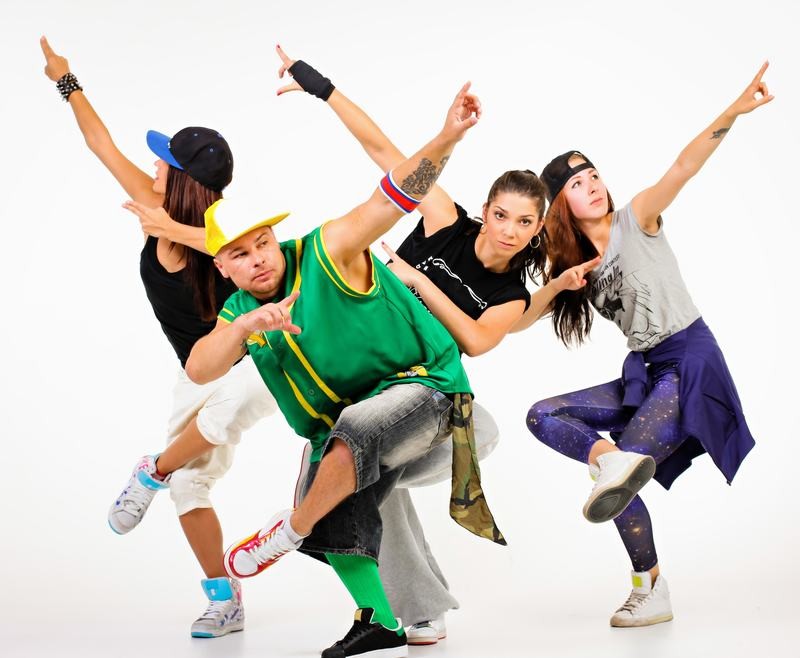 When you go to a club, or listen to music on the radio, do you bob your head or sway side to side? These are grooves – which is the foundation for Hip Hop dance and Open Style choreography. Hip Hop Dance grooves were invented by people who were dancing at clubs and parties to just vibe out with each other.
When you go to a club, or listen to music on the radio, do you bob your head or sway side to side? These are grooves – which is the foundation for Hip Hop dance and Open Style choreography. Hip Hop Dance grooves were invented by people who were dancing at clubs and parties to just vibe out with each other.
Bianca Vallar explains the importance of learning your fundamental Hip Hop moves here:
Practicing grooves are KEY to not looking awkward when you dance.
(But there are more tips here: How To Not Look AWKWARD When You Dance)
There are several elements that factor into how your movement looks. These come more into play when executing choreography that's based around Hip Hop's foundations.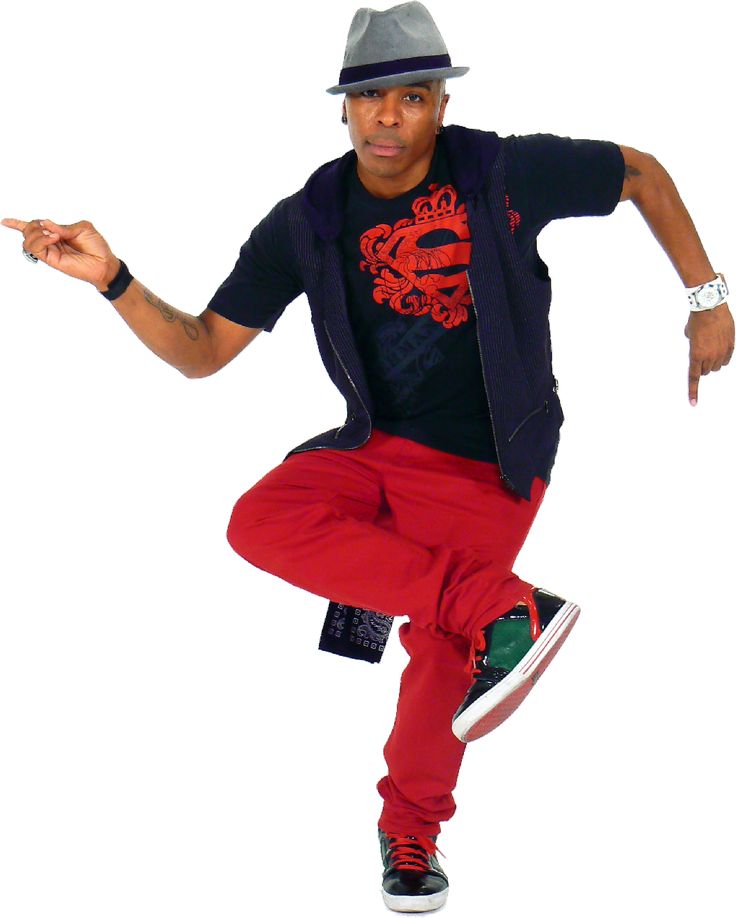
Hitting is the fundamental move of Popping. You can learn more about it here: What Is A Popping Hit
Even if you're not a Popper, you probably use a similar technique to "hit" certain sounds in choreography.
Flexing your muscles creates a visual that matches louder musical elements, like a bass.
When you hit, you don't want to be too soft and undersell the move, but you don't want to go TOO full out and overkill it. The goal is to become/embody music, not to compete with it!
Imagine your energy levels as following the pattern of an audio visualizer. The louder the sound, the higher the level, and the stronger your hit!
"Milking" a moveThis technique is most commonly used to describe movement in in-betweens of pictures – the "pathway" between A and B.Here are a few ways "milking" is used
- At the end of a move, instead of "putting a period" on it, that is, ending it definitely by stopping the movement, think of it as a ".
 .." The "dot dot dot," connoting that you're dragging out that move, to extend its pathway past "B," what would've been the stopping point without the milking.
.." The "dot dot dot," connoting that you're dragging out that move, to extend its pathway past "B," what would've been the stopping point without the milking. - Or, you can milk from one picture into a completely new picture. To practice this, set 2 poses. Every 4 counts, change your position.. but here's the challenge! Use a different pathway each time, to slowwwly get your body where it needs to be.
- Think of milking as a change in acceleration (ooh, physics terms!) Really, all moves are some sort of slowing down, speeding up, or stopping. Milking is just the term for gently stepping on your brakes. Where your car goes (the pathway) is up to you.
Learning how to manipulate your speed is going to be a huge factor in shifting dynamics and textures. To practice speed control, pretend that your arms are hitting a "wall." But instead of stopping at this wall, that wall is the checkpoint at which you change your speed. Go from fast and hard hitting, to completely "milking." This variance in speed will help switch up the mood and "textures" of a piece.
Think of textures the way you think of the physical connotation of the word. Have you ever heard dancers being described as "smooth"? They probably move like honey. Visualize the way that a song feels. Is it staccato, with abrupt starts and stops? Is it flowy and silk-like, with lots of vocals? Is it gruff and interrupted, like an angry rap song? While many songs do embody a specific "texture," most have elements of several. And because a lot of songs carry with them hints of different textures, the variation in your hits, milks, and speed, are all going to contribute to how you match the music.
Part 4: Class and Training
OKAY OKAY, enough talking about how to dance hip hop – let's start practicing it already! One of the best ways to practice a skill is to... take a class!
Looking for a Hip Hop dance class in your area
If you don't have a dancer friend who can introduce you to different dance classes, it's okay! That's what the internet is for.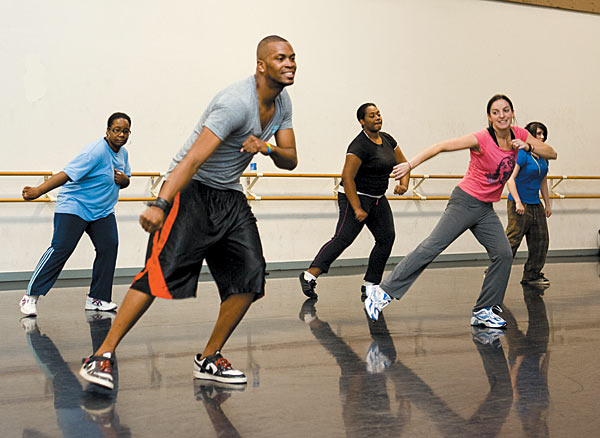 Do a Google or Yelp search using key words like "Dance classes in ____" or "Dance studios in _____" or "Hip Hop classes in _____" or "How to dance Hip Hop in _____"
Do a Google or Yelp search using key words like "Dance classes in ____" or "Dance studios in _____" or "Hip Hop classes in _____" or "How to dance Hip Hop in _____"
Do you live in LA? Train here: The Dance Studios In LA You Need To Be Training At
Once you have a good list of nearby dance studios, go on their websites to see what kind of class offerings they have. If they do not have a website, then call the studio and ask for their schedule. This way, you can ask more questions while you're on the phone, too. Instagram is is a great tool for finding dance studios and dance classes, too!If you keep noticing flyers or class videos (either in your personal feed, or through Instagram's "Explore" page), and click on the location link, you can see where the studio is located. Better yet, if the studio itself has an account, you can stalk their class schedules and instructors to find out more.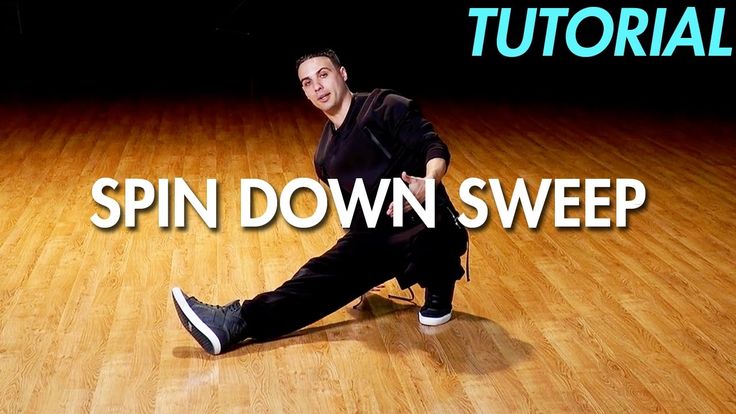
Finally, lurking skills from stalking your crush is coming in handy! If you like the instructors / classes offered, or the vibe of the studio, add that into your list of prospective places to take class at.
Which Hip Hop dance class should you take?
Once you've secured the place where you'll be taking your dance class, you need to decide which class to take. You want to make sure you feel comfortable diving into your first dance class, and that it will benefit you, rather than leave you feeling defeated.
A "Beginner" level dance class is probably the best to start with. Even if you're not a beginner dancer, read Why Every Dancer Should Take A Beginner Dance Class
How to prepare to take a Hip Hop dance class
Once you've decided on your dance class (where / when / which one), it's time to get ready. Choose an outfit that is loose and comfortable, but one that you still feel confident in.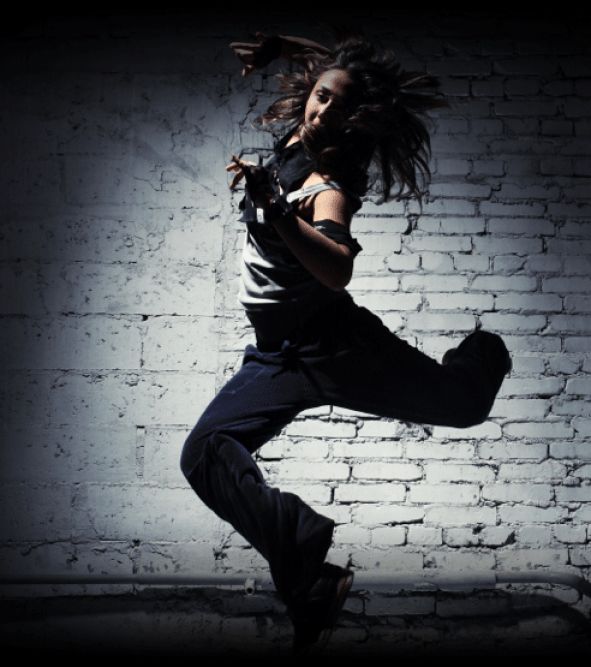 By no means do you have to follow the latest trends in "dancer fashion." It's about YOU and what makes YOU feel cool. Once you get to the studio, you're going to register at the front desk, pay for your "Drop-In" class, and wait for the room to be ready. There's usually back to back classes at studios, so another class will be exiting as you're waiting to enter. When you get inside, put your stuff down and wait for the choreographer.
By no means do you have to follow the latest trends in "dancer fashion." It's about YOU and what makes YOU feel cool. Once you get to the studio, you're going to register at the front desk, pay for your "Drop-In" class, and wait for the room to be ready. There's usually back to back classes at studios, so another class will be exiting as you're waiting to enter. When you get inside, put your stuff down and wait for the choreographer.
Until then, you can just hang out, start stretching, or talk to other dancers in the class. You'll probably start to feel nervous right about now. Remember: It's all about your mindset! Take a deep breath and remind yourself that a class is called a class for a reason: you're there to learn! So instead of being intimidated by the idea of trying something new, get excited to start learning.
What to know when you take a Hip Hop dance class
The choreographer will start (most likely) by introducing themselves, and leading a quick stretch.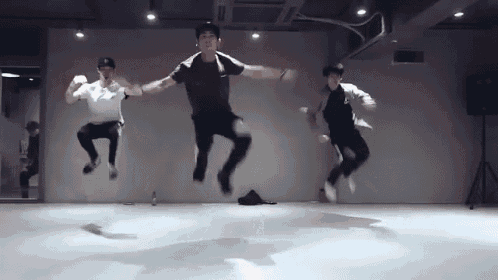 Aside from the actual learning process (which we'll talk about in the next section), there are a few "class etiquette" notes to keep in mind:
Aside from the actual learning process (which we'll talk about in the next section), there are a few "class etiquette" notes to keep in mind:
Ask questions
If you're struggling with a move, it's perfectly *fine (encouraged!) for you to ask questions.*However, don't do this in excess! Try and figure out the answer yourself first (by looking closer at the move, trying it out in different ways for yourself), and if you still need clarification, ask.
Switching lines
When the choreographer says to "switch lines" – if you're in the front of the room, move to the back, and vice versa. This is to ensure that everyone gets a fair chance at having a good view of the choreographer throughout the class. It'd be a little selfish to hog the mirror the whole time, right?
Switching inside / out
In addition to switching lines, the choreographer might also ask the class to switch "inside out" / "outside in." And yep – it's exactly as it sounds. If you're toward the middle of the room, move closer to the walls, and vice versa. In general, it's good to move around the room while you take class, regardless of whether the choreographer is telling you to or not. It helps you to not grow dependent on your position to learn or execute.
In general, it's good to move around the room while you take class, regardless of whether the choreographer is telling you to or not. It helps you to not grow dependent on your position to learn or execute.
Sitting down
There are a few cases where you'll have to take a seat during the class.
1. When the choreographer is demonstrating the moves they taught and you're in the front of the room. We do this so that, when the choreographer first matches the moves to the music, everyone can see what the choreography is supposed to look like.
2. If the studio is too crowded, and the choreographer needs to demonstrate the choreography for the "back half" to see. It's easy to follow the choreographer if you can actually see what they're doing, but often the people in the back of the room have blocked or limited vision. (Especially when it comes to intricate details or footwork). We have the front half of the room sit down while the choreographer can teach the back half of the room, then have the whole class join in once everyone "gets" it.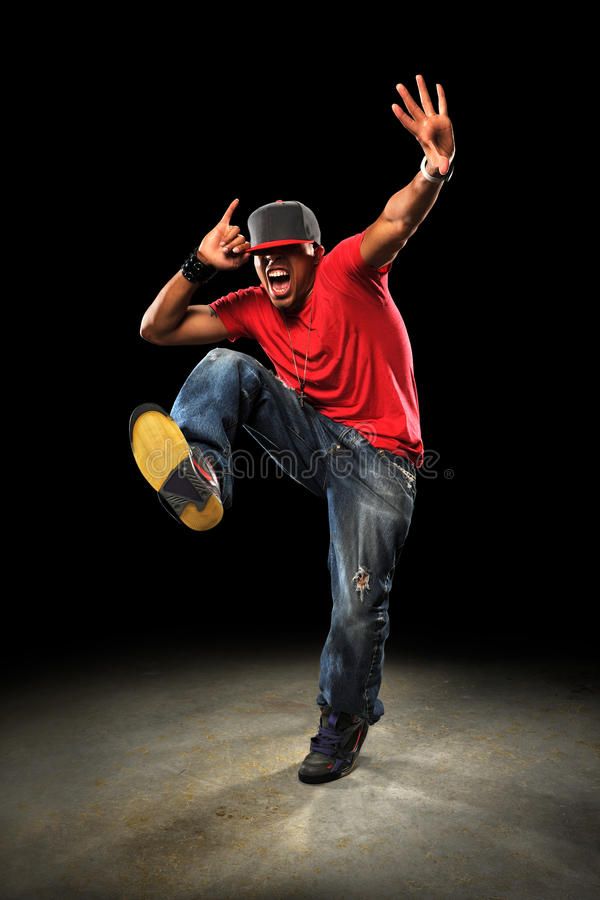
What the choreographer means...
When they say to "Watch"
This is when it's polite for the people in the front of the class to take a knee/seat. Even if you know the moves, really WATCH the choreographer demonstrate the piece. While you watch, take note of where the piece counts in, the true tempo of how fast the song goes, and how the choreographer is hitting each move. The closer you pay attention, the closer you'll know what to emulate.
When they tell you to "Mark it"
Marking means that you are doing the piece more in your head than on your body – but you should still be doing it with your body. Think of it as doing the piece, but with less energy. Be more conscious of the music, timing, and where your body placements are rather than releasing your bankai. The choreographer might use percentages to indicate how much energy you should be putting into your mark. Example: "Let's go just 50% for this first run-through!" or "Mark it around 80%"
When they tell you to "Go full out"
All right, THIS is when you go 100% with your energy.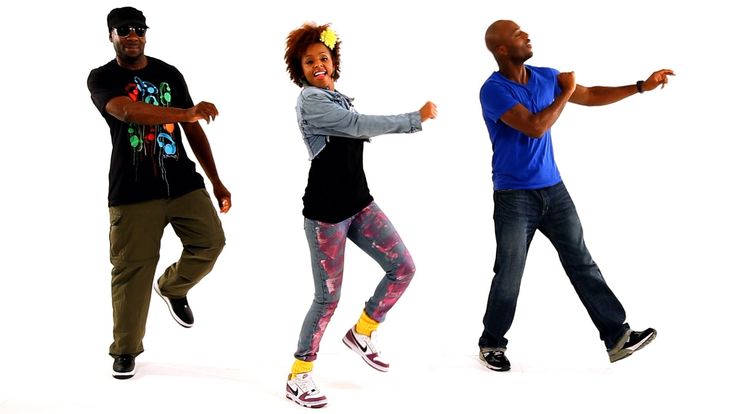 Think of it as the most you can do for everything: cleanliness, timing (that you should've perfected in your mark), but now with power!
Think of it as the most you can do for everything: cleanliness, timing (that you should've perfected in your mark), but now with power!
Read this for tips: How To Dance Bigger, Stronger, And More "Full Out"
How to learn when you take a Hip Hop dance class
Learning choreography
Take note of pictures, angles, footwork, focus, etc.
Scared that you'll fall behind? Use these tips for How To Keep Up In Dance Class
Choreographer's execution
WATCH them demonstrate for the class! Take note of texture, dynamics, milking, everything from their demeanor and posture to their facials and energy levels.
Listening to the music
A huge huge huge huge huge part of being able to get a piece is knowing the music. Know what sounds you're hitting, when those sounds come in the music, the tempo, mood, and style of the song.
Practice performance
If you're satisfied with starting out learning just the choreography, that's fine! But if you feel comfortable with the piece, try and add a little pizzazz to it! Your freestyle, your facials, your personal swag.
After you take a Hip Hop dance class
A class experience is not limited to just learning choreography. After all the moves are taught, there will be a few things the choreographer has you do.
Groups
This is when the room is divided into sections, and that group will perform the piece as the other students watch. Groups can get intimidating! But it's also an integral part to your growth. Push yourself outside of your comfort zone and just go for it!
Select group
The choreographer may or may not call out a "select group" – a group of students that they noticed and want the rest of the class to watch. The selected dancers may have been really clean, not so clean but performed the crap out of it, had a lot of personal style, or were just fun to watch. There are so many reasons you can get chosen or not for a select group, so don't overthink it!If the choreographer calls out a "any 10 people" or "any 5 people" to be in a group, and you feel comfortable with the piece, you should volunteer to go up!
Recording class footage
Don't be surprised if someone (either the studio staff, another student, or a parent) is recording you dance. The studio sometimes does this to promote their classes, and students/parents often do this for personal keeping or to post on social media.. (let's be real) And if YOU want to record yourself, ALWAYS ask the choreographer first if that's okay. If they say no, don't. Clear it with the studio staff, too. Then ask someone to record you so you can critique (or appreciate) how you did. Or post it on Instagram. Live your life.
The studio sometimes does this to promote their classes, and students/parents often do this for personal keeping or to post on social media.. (let's be real) And if YOU want to record yourself, ALWAYS ask the choreographer first if that's okay. If they say no, don't. Clear it with the studio staff, too. Then ask someone to record you so you can critique (or appreciate) how you did. Or post it on Instagram. Live your life.
Choreographer's solo
At the very end of the class, the choreographer will most likely perform the piece. Honestly, the best thing to do here is just watch so put your phone down, and just watch!
Saying thank you to the choreographer
Once you pick your jaw up from the dance floor, make sure to line up to thank the choreographer. They just shared their craft with you, hopefully in a way that helped you become a better dancer in some way, so it's important to show your appreciation. You can introduce yourself, say thank you, take a picture if you want.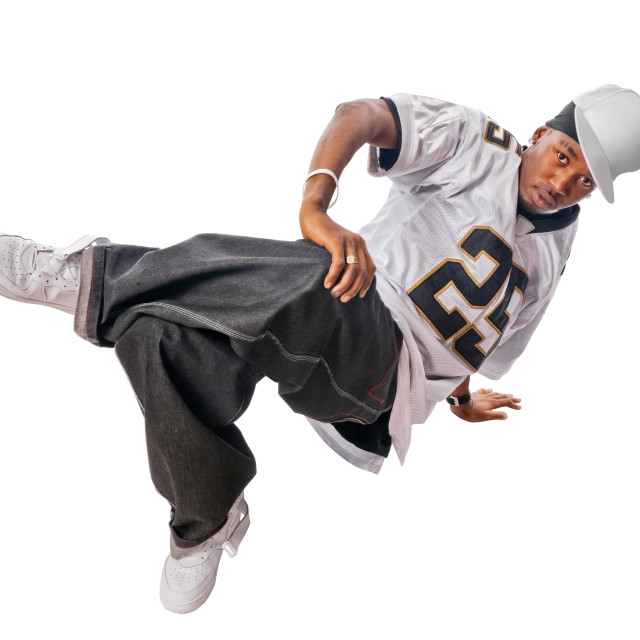 You can ask for critiques or tips, but if there is a long line of people behind you, the more polite thing to do is to keep it short and sweet. In addition, ask the choreographer for the song title and artist so you can keep practicing the piece at home!
You can ask for critiques or tips, but if there is a long line of people behind you, the more polite thing to do is to keep it short and sweet. In addition, ask the choreographer for the song title and artist so you can keep practicing the piece at home!
Part 5: Setting Future Goals
So, you’ve made your first leaps into learning how to dance hip hop. Congrats! Welcome!! Yayyyyyy!!! Now, where do you go from here? Since different dancers dance for different reasons, let’s talk about 4 different goals you can set for yourself and tips to help you reach them.
#1: Train in different styles of hip hop danceHow did your first class go? Was it challenging? Scary? Too easy? Just hard enough? Although your first dance class is quite a hallmark in your dance journey, but it's only one of many to come. If versatility is your goal, keep exploring different classes at different studios. Don't just take the same beginner class from the same choreographer week after week.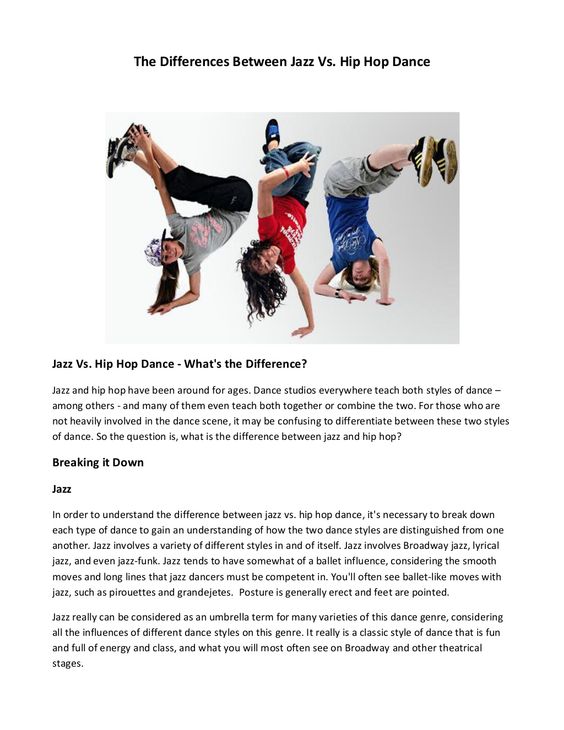 Make a list of specific styles or choreographers you want to train under. Schedule out when and where you can take those classes, and strategize a way to get the most variety as possible. After a while, you'll be able to identify what you need extra help in. And you'll have a better sense of your own "style," based on the types of pieces you tend to enjoy most.
Make a list of specific styles or choreographers you want to train under. Schedule out when and where you can take those classes, and strategize a way to get the most variety as possible. After a while, you'll be able to identify what you need extra help in. And you'll have a better sense of your own "style," based on the types of pieces you tend to enjoy most.
If your goal is to be able to keep up with advanced choreography, then set a hard date for the class you want to be able to take in a few months. Til then, seek out classes that are more and more challenging as time goes on. From beginning classes, intermediate, to more advanced. And after you take it, don't stop there! Keep challenging yourself with advanced classes – while you continue to train as a beginner. It'll push your choreo pickup and execution, while strengthening your foundation. How To Get The Most Out Of Dance Class (Video)
#3: Get involved in the hip hop dance communityIt's nice to have a tribe of support for something that started as a personal journey.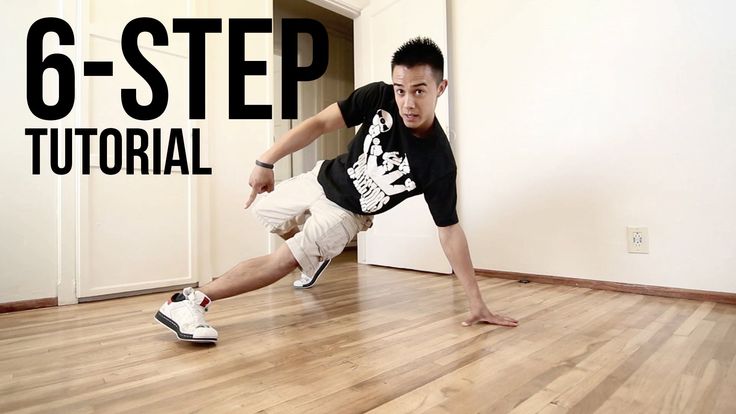 So if you want to get to know your fellow dancers – take initiative! Introduce yourself to the familiar faces you see in class. Definitely introduce yourself to the studio staff. Be vocal in classes, and ask other dancers where they're from / where they're going. Not only that, attend dance shows, competitions, battles, and even team fundraisers. These events spur a lot of conversations, and give you a better vibe (aye) for what the culture is all about.
So if you want to get to know your fellow dancers – take initiative! Introduce yourself to the familiar faces you see in class. Definitely introduce yourself to the studio staff. Be vocal in classes, and ask other dancers where they're from / where they're going. Not only that, attend dance shows, competitions, battles, and even team fundraisers. These events spur a lot of conversations, and give you a better vibe (aye) for what the culture is all about.
STEEZY Studio members connect with each other through our Facebook group – where we share videos, ask for tips, give critiques, and even arrange meet-ups!
See related articles: How To Thrive In A New Dance Community
How To Build A Network In The Dance Community
#4: Audition for a hip hop dance teamLots of us start dancing after watching a team perform. Whether it was on YouTube, or in person, these sets stirred something in us that pushed us to try it out.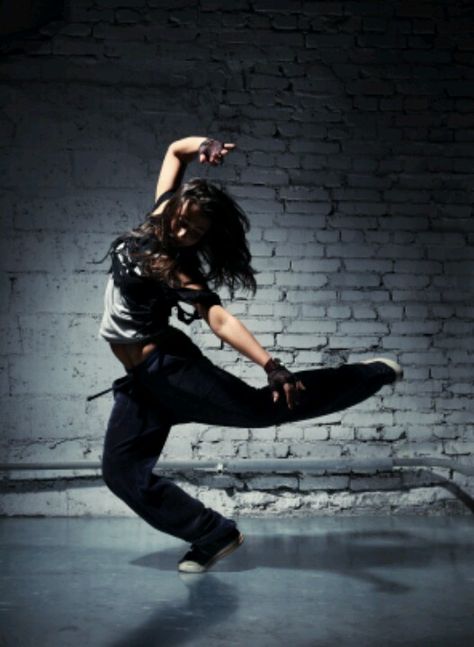 Consequently, a lot of dancers' goals are to perform with a team, on a stage, at a show or competition. If making it on to a team is your goal – and even if it isn't! – then auditioning is a great experience that can teach you a lot of things. It's going to call on you to pick up choreo quickly, in a crowded room, surrounded by other hungry dancers. You'll have to perform for a panel of judges, and maybe even freestyle.
Consequently, a lot of dancers' goals are to perform with a team, on a stage, at a show or competition. If making it on to a team is your goal – and even if it isn't! – then auditioning is a great experience that can teach you a lot of things. It's going to call on you to pick up choreo quickly, in a crowded room, surrounded by other hungry dancers. You'll have to perform for a panel of judges, and maybe even freestyle.
The pressure might get nerve-wracking, but that's exactly why that experience is so valuable. Auditioning for a hip hop dance team will really test where you are as a dancer, in addition to being another great opportunity to train and meet people. Look into the dance teams in your area. Ask about auditions or private / mid year auditions if you missed the start of the season. Even if you don't end up joining right away, it's great for the psyche to have a clear goal to aspire to.
See related articles: How To Make Your Dream Dance Team
We hope this helped you newer dancers learn how to dance hip hop! Welcome, and we can't wait to share this journey with you!
teaching basic movements and features of dance
Contents
Hip-hop, like any other dance direction, is best studied at a professional school.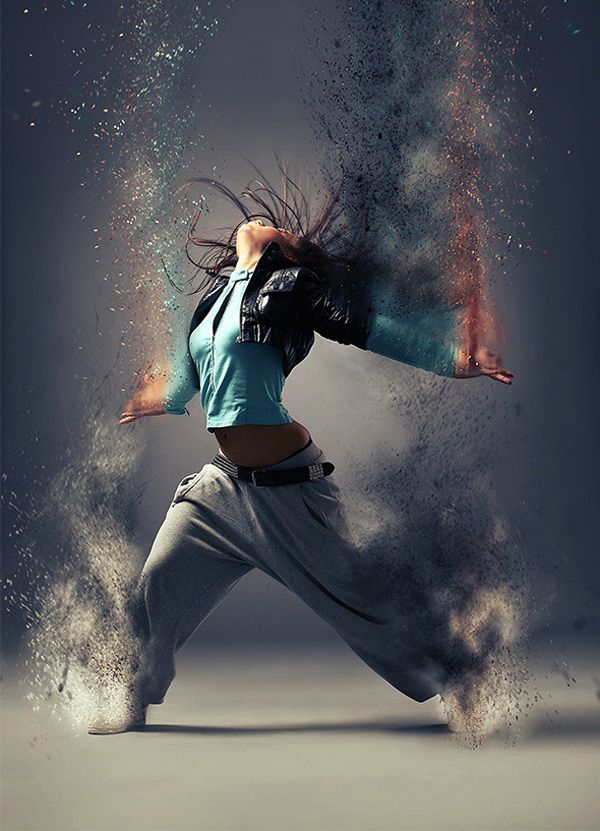 After all, only a qualified teacher will find an individual approach to a new student and teach the necessary movements. But if this is not possible, or if you want to come to class prepared, you can try to master the direction of hip-hop at home. How to dance the first movements, now we will tell.
After all, only a qualified teacher will find an individual approach to a new student and teach the necessary movements. But if this is not possible, or if you want to come to class prepared, you can try to master the direction of hip-hop at home. How to dance the first movements, now we will tell.
Like any dance, hip-hop training includes getting acquainted not only with the basic movements of the style, but also with a certain philosophy. And in this direction it is special. Hip-hop came to us in the second half of the last century from the most disadvantaged areas of New York and Los Angeles. Tired of injustice, aggression and blood, teenagers, who mostly did not have the cleanest reputation, invented their own special way to resolve conflicts - with the help of dance battles and rap parties. Hip-hop is a free dance, a challenge to society and a protest against any inequality. That is why the main thing in this style is not at all the clarity of the learned movements, but the sense of rhythm, improvisation and expression of the individuality of the performer.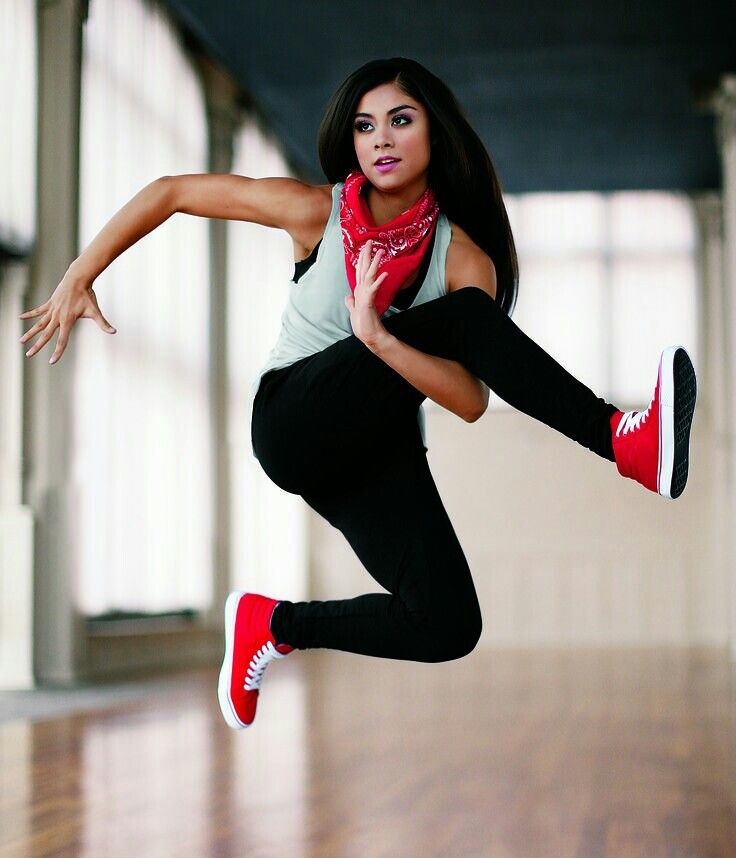
Getting Started: Preparation and Basic Movements
Before learning hip-hop for beginners, you should make sure that you feel comfortable doing it. According to experienced dancers, three things will help you relax and start learning:
- Appropriate environment: flat floor, spacious room, full-length mirror.
- Loose clothing and comfortable shoes. Nothing should hinder movement.
- Hip-hop rhythmic music.
A little ritual will help you tune yourself into the wave of hip-hop: stand with your legs apart, put your hands down and close your eyes. Listen carefully to the sound of the music and try to learn to hear the beat. Rock to the beat. And now you have already mastered the first movement. Congratulations! It's time to move on to more complex elements.
The basic movements of hip-hop are swing and step. You are already familiar with the first one. Now try to put your right foot to the side and stretch your right hand up. Bend your right leg, transferring your body weight to it, and lower your arm to shoulder level. Turn the body to the left, bend the left leg, and put the right leg on the toe. Now lower your right knee, arch your back and reach your hands to the floor. When you manage to complete this combination, consider yourself a good start in hip-hop.
Bend your right leg, transferring your body weight to it, and lower your arm to shoulder level. Turn the body to the left, bend the left leg, and put the right leg on the toe. Now lower your right knee, arch your back and reach your hands to the floor. When you manage to complete this combination, consider yourself a good start in hip-hop.
Sign up for a trial lesson
Here are some more basic hip-hop moves for beginners:
- Starting position - standing, feet shoulder-width apart, and arms along the body. We squeeze the brushes into a fist and alternately bring forward one hand, then the other. Then we connect the legs bent at the knee: left hand - right leg, right leg - left hand.
- Starting position - standing. We jump in place and cross our legs, and bend our arms as if we were rowing.
- Starting position - standing, feet slightly wider than shoulders. We put the right leg a little back, bend the legs at the knees, which at the same time look straight.
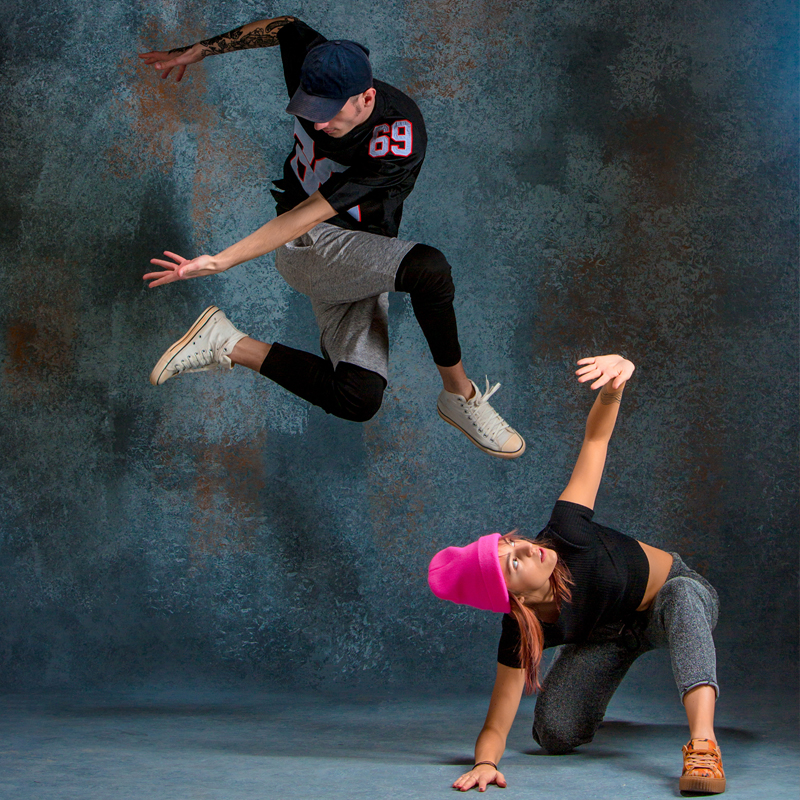 With the right hand we cover the face, with the left, folded into a fist, we put it in the region of the heart. Then at the same time we tilt our head to the right and unclench the left hand, and after that we turn the right knee and right hand to the right.
With the right hand we cover the face, with the left, folded into a fist, we put it in the region of the heart. Then at the same time we tilt our head to the right and unclench the left hand, and after that we turn the right knee and right hand to the right. - Starting position - standing, feet firmly pressed to the floor, knees slightly bent. We put the spread fingers of the right hand on the chest, keep the elbow parallel to the floor. We bend in an arc, as if we received a blow right in the heart. Then we make two turns in different directions, straighten our back and return to the starting position. The hand at this time falls from the heart to the waist. At the end, we throw the pelvis forward again, round the back and tighten the buttocks.
You can achieve the first results quite quickly. But when you start to study closely how to dance hip hop, you will soon notice that there are no clear movements and rules in this direction. Having mastered a few basic elements, the dancers begin to improvise, create their own combinations and dance as creative fantasy suggests.
How to continue: choosing a style
If you have mastered the first movements of hip-hop from videos and photos on the Internet, it's time to choose the direction in which you will develop further. Hip-hop culture is a wide range of dance styles that differ from each other both in elements and in general mood. The main ones are:
- Breakdance is still popular basic style of hip-hop, on which the direction originated.
- Popping - rhythmic contraction of various muscle groups to the music so that it looks like jolts on the performer's body;
- Wave - smooth and plastic movements of the body, the most famous of which is the wave with hands;
- Afro-jazz - shaking mainly the lower and most prominent part of the body in women;
- Crump - energetic shaking of various limbs to the music so that it seems as if someone has moved into the dancer;
- New Style, also known as freestyle, is an improvisational dance that combines not only hip-hop movements, but also elements borrowed from more than a dozen other dance styles.
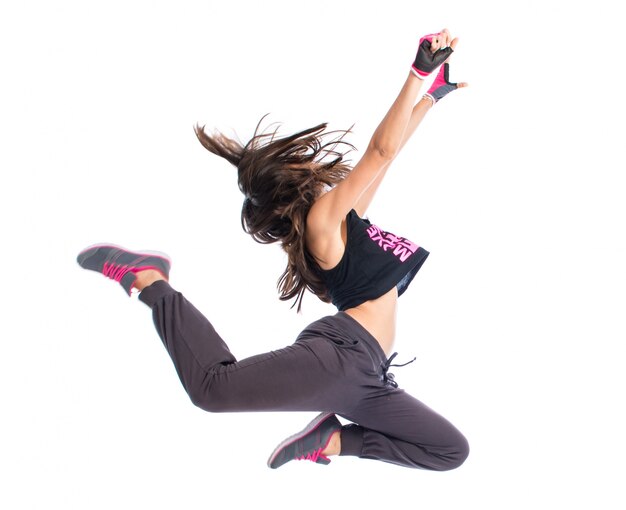
- La Style - Hip-hop, where the emphasis is on entertainment, so this style is used mainly in videos and when staging shows.
- Ragga jazz is a dance tuned to the music: the performer's legs work under the drums, and the hands become active during the recitative.
- Locking - an energetic dance with "locks" - freezing in different positions for a few seconds or periodically slowing down the movement.
- Power move is a spectacular style that includes complex acrobatic elements, handstands, various twists, and transitions.
- C-walk is a “language” dance with a criminal past that emphasizes intense and very dynamic footwork.
Women's and men's hip-hop
The next step in how to learn hip-hop without leaving home is to bring a little femininity or, conversely, brutality into your existing skills - depending on your gender accessories. The thing is that female and male hip-hop are somewhat different from each other, and, therefore, representatives of the beautiful and strong half are trained in this direction in different ways.
Hip-hop dancing for beginner girls is based on plasticity, flexibility and unobtrusive sexuality. Girls wear baggy sweatpants and hoodies on a par with men, perform sweeping movements, but their execution looks different: hips, legs and shoulders are more involved, the elements are a little smoother and sexier.
Male hip-hop, on the contrary, is more daring, energetic and sometimes even aggressive. The focus is on the work of the arms and body, acrobatic elements and movements that require strength and male endurance.
If you prefer to learn this difficult direction from videos, it is better to initially choose hip hop training, where the movements will be performed by a dancer of your gender. Together with the right technique, you will be able to capture the gender characteristics of the choreographic elements.
A few more secrets
Learning to dance hip-hop at home, without classes with a professional teacher, is not easy, but real. Especially if you add training with a few more components. Here, as in learning a foreign language, only complete immersion in the culture will help. So, here are some tips from “experienced” hiphopers who have mastered a lot not under the guidance of a qualified mentor, but at home by the mirror:
Especially if you add training with a few more components. Here, as in learning a foreign language, only complete immersion in the culture will help. So, here are some tips from “experienced” hiphopers who have mastered a lot not under the guidance of a qualified mentor, but at home by the mirror:
- Videos with basic exercises will help you master some of the moves, but for additional skills, it is better to turn to online courses. Hip-hop lessons for beginners are regularly held online, often live.
- Hiphop parties and hangouts will help you melt into this culture and make new acquaintances. Yes, of course, everyone will laugh at your first dances, but no one drags you to the center of the circle. While you're learning, watch the pros dance, adopt a style, and memorize some moves to practice at home.
- Clear training regimen. Only with regular practice can you achieve results. In addition, our body is set to a certain schedule, and if you exercise at a certain time, it will prepare for stress.
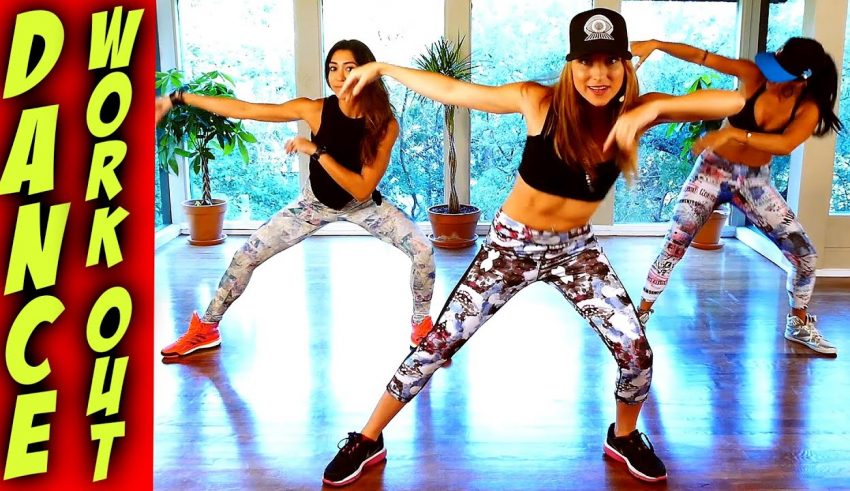 As experienced dancers note, the optimal duration of even home workouts is two hours. This is enough for warming up, and for the lesson itself, and for stretching after.
As experienced dancers note, the optimal duration of even home workouts is two hours. This is enough for warming up, and for the lesson itself, and for stretching after. - Additional physical activities. If you are in the mood not just for basic hip-hop movements, but for serious hip-hop elements with tricks, strengthening the muscles of the whole body is indispensable. You will need strong arms, strong core muscles, and no extra weight. This can be achieved by exercising in the gym or additional weight training at home.
- Compliance with safety regulations. Be sure to dance in comfortable non-slip shoes and loose clothing. Do not start training without a proper warm-up, and when practicing acrobatic elements, lay something soft on the floor.
Video tutorials will be enough to learn how to dance hip-hop. But to become a real dancer, you need to study the subculture from the inside. It is believed that a hiphoper has achieved true mastery when he is in perfect control of his body, does not “slow down” on the dance floor, knows how to improvise and select universal movements for any music. Hip-hop dance lends itself only to the very persistent and disciplined, those who are able to understand and accept its "philosophy of freedom".
Hip-hop dance lends itself only to the very persistent and disciplined, those who are able to understand and accept its "philosophy of freedom".
Do not forget that there are many professionals around who are ready to help you take your first steps in hip-hop or improve the skills you learned at home. Qualified teachers of the La Boca dance club will find an individual approach to you, work out with you the technique of performing movements and even acrobatic elements. You don't have to go far: "La Boca" is located in the very center of St. Petersburg - on "Petrogradka"
Video: basic hip-hop movements
How to learn to dance hip hop at home
Each of us can become an excellent dancer, because the human body is just created for dancing. Many people have a sense of rhythm, emotions corresponding to music help to create a mood, and as for movements, they can always be diversified. Those simple steps that we give out in clubs are usually not enough to express yourself through dance, impress someone who is nearby and just get a huge positive charge. So let's start learning hip-hop! Why hip hop? Because it's easy, nice, interesting, and it's also cool to be able to dance as well as Beyoncé or Justin Timberlake.
Those simple steps that we give out in clubs are usually not enough to express yourself through dance, impress someone who is nearby and just get a huge positive charge. So let's start learning hip-hop! Why hip hop? Because it's easy, nice, interesting, and it's also cool to be able to dance as well as Beyoncé or Justin Timberlake.
Hard to learn, cool to fight
Hip-hop dancers usually demonstrate their skills in open combat. The so-called battle is an opportunity here and now to prove that your style is better. Also, battles contribute to the improvement of technique, the search for new movements and sequences, and the general steady growth of the dancer's skill. This technique works great in the Dragon School. All students, overcoming timidity at first, go to the center of the hall one on one with the "enemy" and show him, the teacher and themselves (first of all) that the lesson has been learned and progress is evident. Such “paired” performances help to painlessly record your mistakes and shortcomings, and at the same time borrow something new from colleagues.
That is why learning to dance hip-hop at home is more difficult. Results alone are not achieved so quickly. But home self-study allows you to get acquainted with its basics well.
A screen instead of a mirror
So, let's learn to dance hip-hop at home. To begin with, we free up space, dress more comfortably, put on sneakers. What for? Leg muscles that have become unaccustomed to regular loads can fail at the most unexpected moment, and sneakers will help to avoid sprains, the legs will warm up faster in them, therefore, there will be fewer injuries. Of course, hip-hop is no more traumatic than any other modern dance! Problems can only arise with the corners of the furniture in the room or with uneven floors. This is another reason why it is preferable to study in a special room.
But once we start, we don't stop. There are a lot of video tutorials on the Internet, it is quite difficult to choose the best one.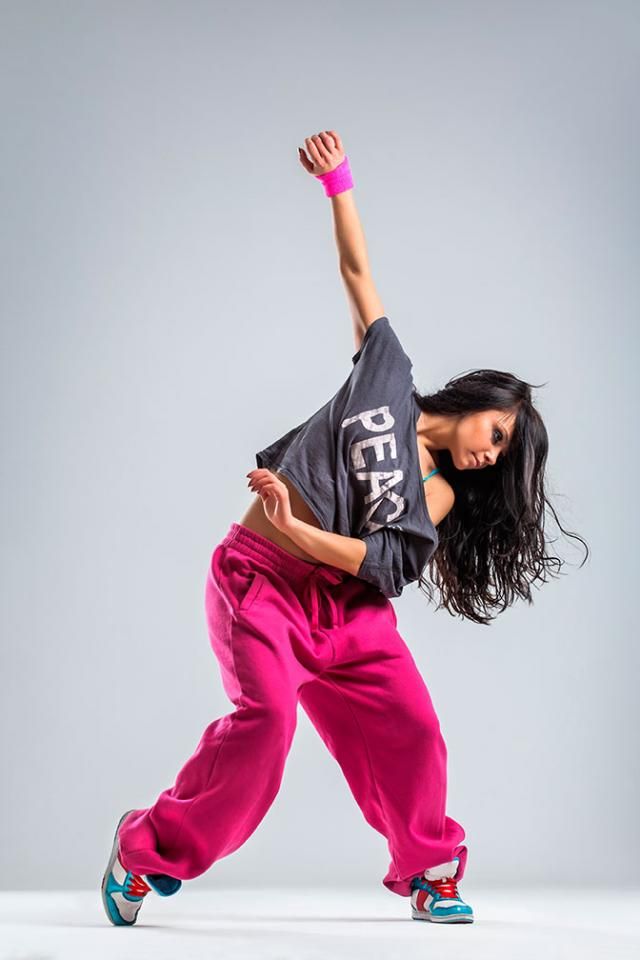 Therefore, take my word for it and stop at the lessons from Alexander Dragon. This is not just a set of movements, but complexes developed within the framework of the author's "Quick Start" methodology. For starters, let's stretch. Let the monitor be like a mirror, repeat the movements in a mirror. Remember that a good workout is the key to the result. Let's get started!
Therefore, take my word for it and stop at the lessons from Alexander Dragon. This is not just a set of movements, but complexes developed within the framework of the author's "Quick Start" methodology. For starters, let's stretch. Let the monitor be like a mirror, repeat the movements in a mirror. Remember that a good workout is the key to the result. Let's get started!
First - to rock
Hip-hop is dominated by the concept of "groove" (in Russia it is also called "kach"). This is a drive from music, rhythm and body movement to the beat. It does not matter what the mirror shows at first, the main thing is that you enjoy it and do not intend to stop. The easiest way to catch a groove is by bending your knees to the beat. Try it! And now you can get acquainted with the simple basic movements of hip-hop dance. How to study at home? Just. Watch the video from the Dragon!
Unity of styles
When we learn hop-hop at home, a lot of questions arise.